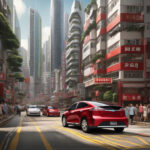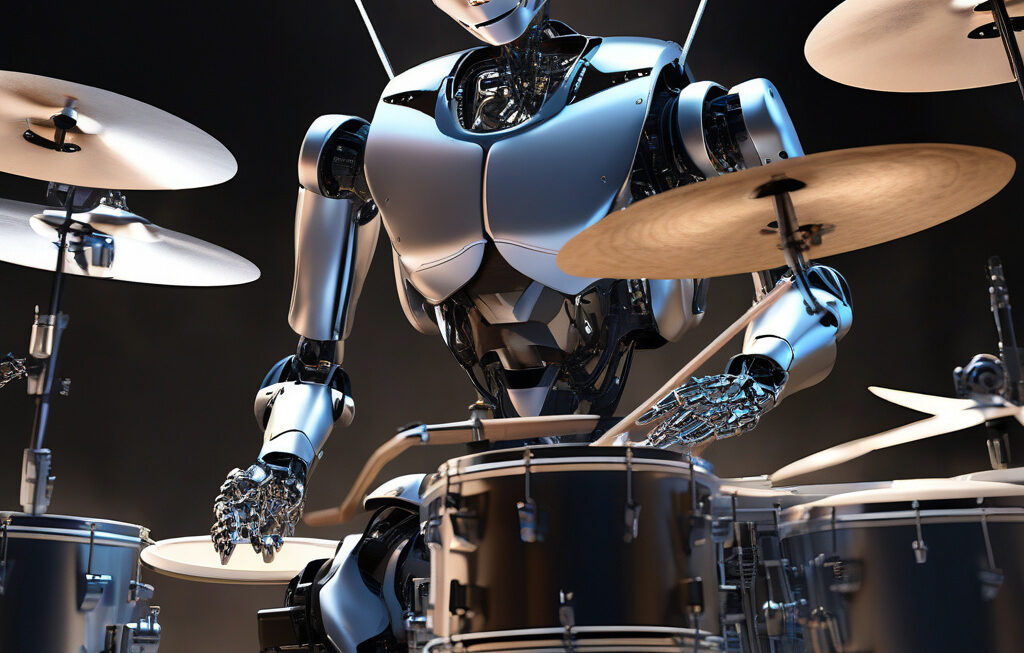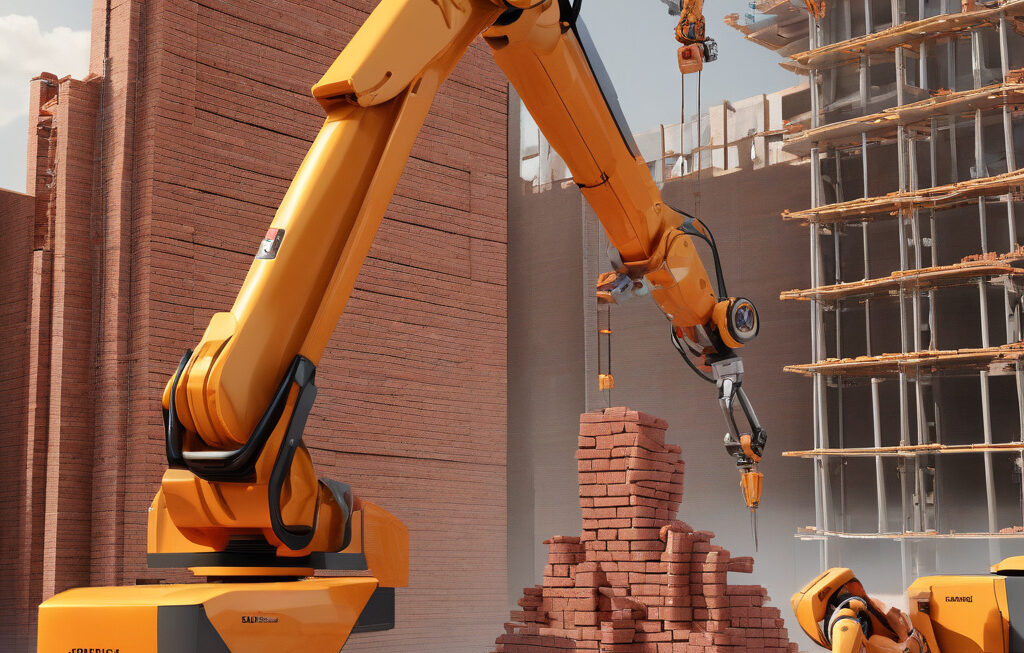Next-Gen Swarm Robots: Moving and Cooperating Without Code or Sensors
In the realm of robotics, simplicity and efficiency are often key factors in determining the success of a new technology. Researchers have made significant strides in developing next-generation swarm robots that embody these principles, moving and cooperating without the need for complex coding or sensors. These innovative robots are revolutionizing the field with their seamless teamwork and autonomous capabilities.
The traditional approach to robotics involves the use of sensors and intricate code to facilitate movement and coordination among robots. However, the latest swarm robots take a different path by relying on a decentralized system that enables them to communicate and collaborate without the need for external guidance. This breakthrough has opened up new possibilities for a wide range of applications, from search and rescue missions to environmental monitoring and beyond.
One of the key advantages of these next-gen swarm robots is their ability to move as a cohesive unit, much like a well-coordinated team. By leveraging the power of collective intelligence, these robots can navigate complex environments, adapt to changing conditions, and achieve common goals without the need for human intervention. This level of autonomy and cooperation represents a significant leap forward in the field of robotics and paves the way for exciting new developments in the future.
So, how do these robots achieve such remarkable feats without sensors or code? The secret lies in their innovative design and communication protocols. Rather than relying on centralized control systems, each robot in the swarm operates independently while sharing information with its neighbors. This peer-to-peer communication allows the robots to make decisions collectively, responding to stimuli in real-time and adjusting their behavior accordingly.
To illustrate this concept, imagine a swarm of robots working together to explore an unknown environment. As they encounter obstacles or challenges, each robot assesses the situation and communicates its findings to the rest of the group. Through this exchange of information, the robots can collaboratively determine the best course of action, whether it’s navigating around an obstacle, locating a target, or coordinating their movements to achieve a common objective.
This self-organizing behavior not only enhances the efficiency and adaptability of the swarm but also enables the robots to exhibit emergent properties that surpass the capabilities of any individual robot. By leveraging the power of collective intelligence, these robots can tackle complex tasks with ease, demonstrating a level of coordination and cooperation that was previously thought to be out of reach.
The implications of this technology are far-reaching, with potential applications in a wide range of industries and fields. From disaster response and surveillance to agriculture and infrastructure maintenance, next-gen swarm robots have the potential to revolutionize how we approach a variety of challenges. By harnessing the power of decentralized control and collaborative decision-making, these robots are paving the way for a future where autonomous systems work together seamlessly to achieve common goals.
In conclusion, the development of next-gen swarm robots that can move and cooperate without the need for sensors or code represents a significant milestone in the field of robotics. By embracing a decentralized approach to control and communication, these robots are redefining what is possible in terms of autonomy, efficiency, and collaboration. As researchers continue to push the boundaries of this technology, we can expect to see even more groundbreaking innovations that will shape the future of robotics for years to come.
#SwarmRobots, #NextGenTechnology, #AutonomousSystems, #RoboticsInnovations, #CollaborativeRobotics












